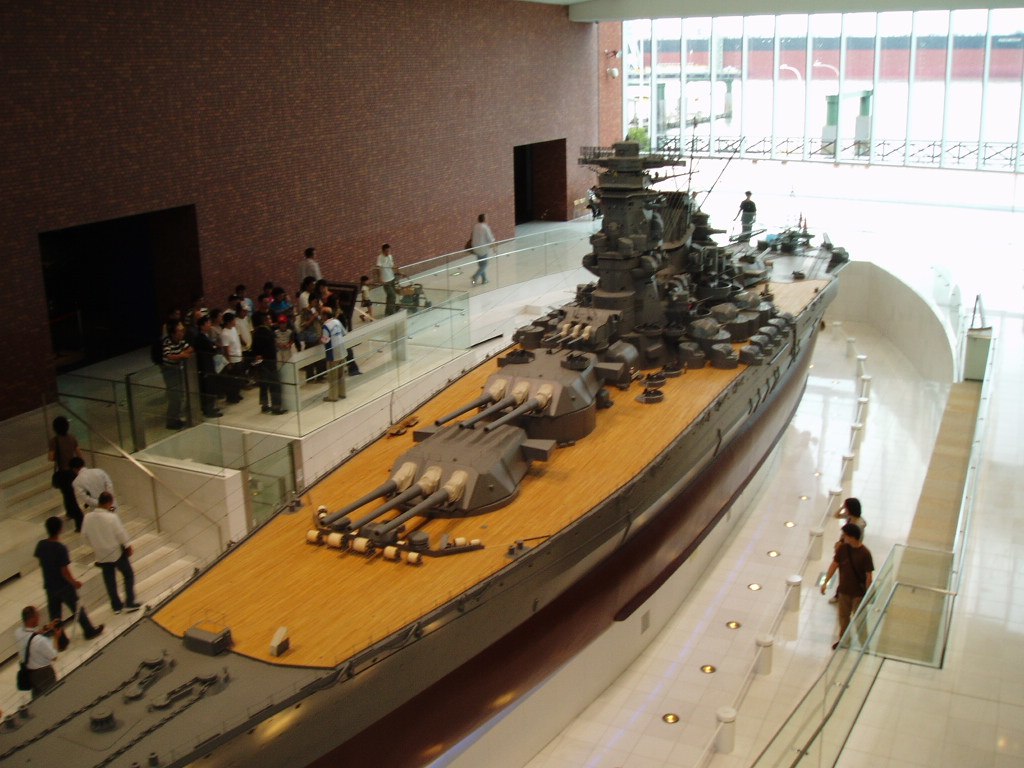Oct 24, 2022
Hidden Attractions in Hiroshima
Hiroshima has grown in popularity as a tourist destination in recent years, with Japanese and overseas nationals flocking to see attractions such as Hiroshima Castle, Peace Memorial Park, and Itsukushima Shrine. Although the prefecture is still best known for the horrors it experienced during World War II, there is much to enjoy within the region, including a few lesser-known gems. Here are some suggestions if you’re looking to get off the beaten track and avoid the crowds to see something a bit more unusual.
Takehara Town Conservation Area
Located in the south of the prefecture is the town of Takehara, where you can take a trip through time. Much of the town has been preserved with buildings dating from the Edo period 350 years ago. The distinctly old Japanese feel also manifests itself in the locals, as many continue traditions from the time when salt and sake merchants flourished in the town. Homes are decorated with pretty latticed windows, and the picturesque Saihoji Temple offers excellent views. If you have time, it’s worth pairing this with a trip to nearby Okunoshima, known as Rabbit Island, due to the wild rabbits that roam the abandoned buildings.
Website: https://www.takeharakankou.jp/en/
Cat Alley
Are you a feline fan? Then Neko no Hosomichi (cat alley) might be right up your street. Located in the coastal city of Onomichi, this cat trail is a rocky alleyway that links the city’s Utsuro Shrine with the three-storied pagoda of the Tenneiji Temple. Since 1998, the path has been lined with painted stone cats (fukuishi neko) that locals believe to be lucky and contain sacred healing powers. Although the alley is the focal point, the cat trail stretches beyond, and around 1,000 painted cats lurking on Onomichi’s streets, including a large statue of a sleeping black cat in Nyahan’s Garden. You can also see many real cats roaming the city’s streets, also said to be lucky, and visit cat-themed shops, bars, and restaurants.
Website: https://ihatov.in/cattrail/
Sandankyo Gorge
This 16-kilometer hiking trail in northwest Hiroshima is one of Japan’s Special Places of Scenic Beauty. Bearing that in mind, it might seem crazy that so few people try to visit it. One of the main reasons is that it’s a bit of a trek – around a 90-minute bus ride from the city center and the entrance is pretty hidden. However, it’s worth the effort if you’re interested in taking a stroll among some of Hiroshima’s most breathtaking scenery. The trail features three waterfalls, including the spectacular three-tier Sandan-daki fall. There are plenty of exit spots if you don’t want to do the total 16km, plus stop-off points where you can book kayaking or stand-up paddling (SUP).
Link to hiking trail map: http://www.akioota-navi.jp/en/access.html
Yamato Museum
One of the lesser-known museums in Hiroshima prefecture, the Yamato Museum is one of the main attractions in the shipbuilding city of Kure. It’s a 40-minute train journey from Hiroshima city center but a must for anyone interested in maritime history. The museum is named after the largest battleship in the world and exhibits a life-size replica along with some wartime naval relics. Beyond the museum, you can wander the lovely city of Kure taking in incredible views of the Seto Inland sea and watching submarine crews at work.
Website: https://yamato-museum.com/
Motokoka, CC BY-SA 4.0, via Wikimedia Commons


About the author